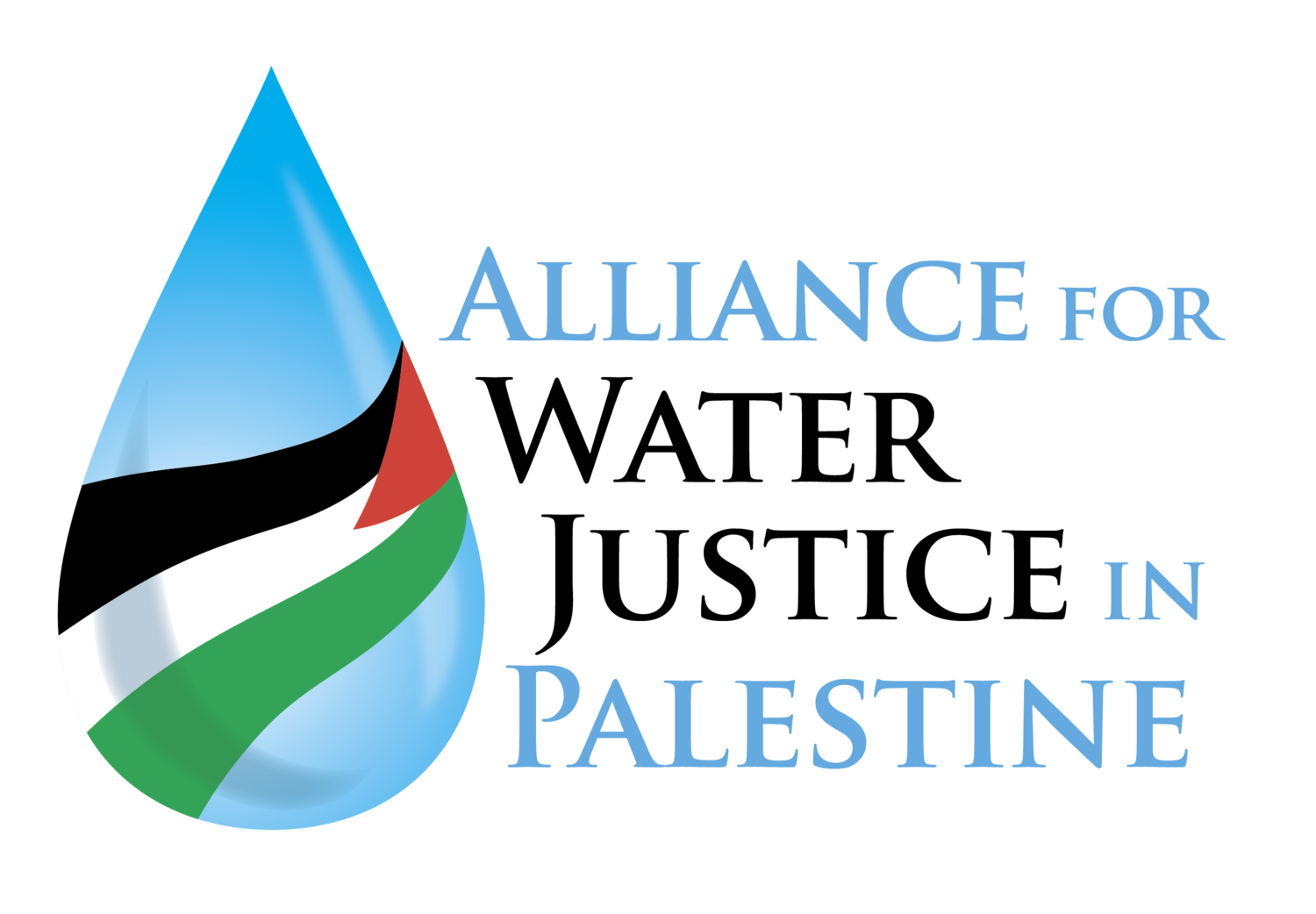by Ghada al-Rozzi
A Palestinian researcher from Gaza, specializing in English literature and translation. Despite war, displacement, and the destruction of her university, she continues her academic journey under siege, refusing to let her voice or her dreams be silenced. X: @GhadaRozzi
The story of Gaza's hunger did not begin in 2023. For nearly two decades, the Strip has lived under a blockade that has suffocated its economy and restricted basic necessities. Since 2007, Israel has tightly controlled the entry of food, fuel and medicine. In 2012, official documents revealed that Israeli authorities calculated the minimum calories needed to keep Gaza's population alive—not enough to live with dignity but just enough to prevent mass famine.
Then came the war.
Daily reality has quickly descended into desperation. Meat, poultry and dairy products have vanished. They were followed by sugar and sweets, which are now treated like gold. Milk and cheese, once staples for children, are a distant memory. Clean water, too, rapidly grew scarce. Without fuel, Gaza'sdesalination plants shut down or now operate at limited capacity due to Israel shutting down fuel supplies, leaving families to drink unsafe water and risk diseases like cholera, polio and dysentery.
Later came the flour crisis. With no wheat entering, bread, the cornerstone of Gaza's population, disappeared. Families grind lentils and beans into bitter flour, baking it into bread that is impossible to eat without wincing. Others boil cactus leaves or animal feed to silence the cries of hunger. But even this approach was short-lived, as Gaza's last trees were hewed for firewood or were obliterated by the fighting, leaving no fuel for cooking, given the absence of gas.
For years, Palestinians in Gaza endured this slow strangulation, finding ways to cope despite poverty and shortages. But the war of 2023 was the breaking point. American-made Israeli bombs target not only homes, schools and hospitals; they also strike bakeries, warehouses and aid convoys. Israel has sealed border crossings, with humanitarian trucks turned back inside Gaza or at the artificial border, leading the trickle of supplies that once passed through to dry up.
Indeed, what was a long siege became outright famine.
At the same time, Gaza's banking system collapsed. With branches shuttered and liquidity depleted, families are unable to access their savings. Since the beginning of the war, Israel has not allowed physical currency to enter the Gaza Strip, forcing people to circulate the same banknotes for nearly two years. They are now worn, faded and torn under the strain of war, displacement and homelessness.
Today, most currency is unfit for circulation, with merchants refusing to accept it. In this author's experience, informal networks charge commission rates as high as 52% to withdraw small sums. Similar reporting highlights this dilemma.
Yet even those with money find it nearly useless: shelves are empty, markets are bare and prices are skyrocketing beyond imagination.
In response, desperate people began purchasing cash from shadowy dealers: Individuals protected by the occupation whose real mission is to drain Gaza of its remaining liquidity. It was not a coincidence but a deliberate plan to empty the Strip of physical currency and create a suffocating financial crisis. For months, Israel blocked humanitarian aid, yet permitted "coordination" with select traders to import small amounts of food at astronomical prices, forcing people to spend every shekel.
Meanwhile, digital alternatives like electronic wallets and Visa cards were disabled or banned, leaving the people with no method to move or protect their savings. The result was catastrophic: doctors, business owners, professionals and workers alike were reduced to poverty, with their pockets emptied and their children left to starve.
International pressure eventually forced Israel to allow some humanitarian aid into Gaza, but relief never reached those most in need. Convoys pass through Israeli-controlled military corridors, only to be intercepted by groups operating under the Israel Defense Forces' protection. Flour, rice, baby formula and diapers are stolen, hoarded and sold on the black market at prices thousands of times higher than their actual value.
